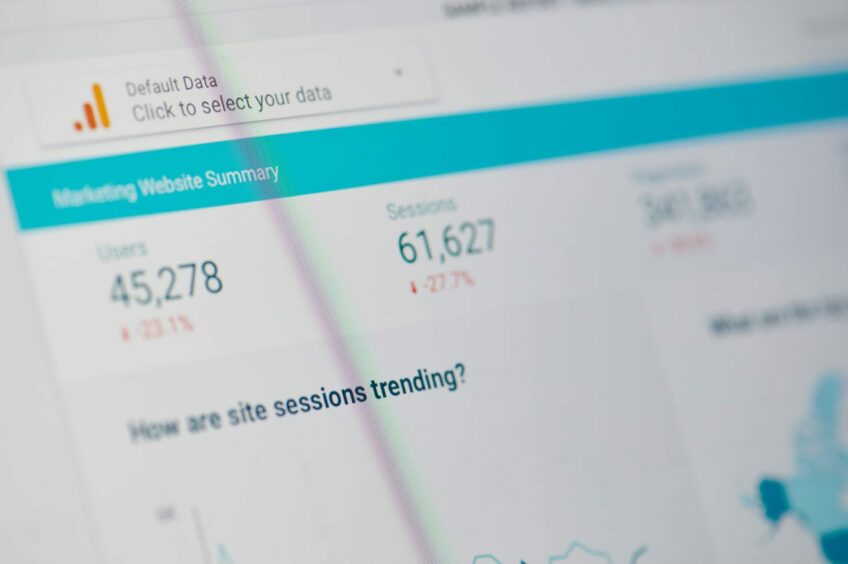Robert Gordon University (RGU) in Aberdeen is getting ready to welcome another intake for its Help To Grow: Management course.
Programme leader David Gibbons-Wood, senior lecturer at RGU’s Aberdeen Business School, shares five key ways firms can improve their leadership skills and generate growth.
1. Digital adoption
If becoming more digital is still something that daunts you as a business owner or manager, fear not.
Few people realise how easy it can be, thanks to a variety of reasons – most notably the advancement of technology and amount of resource out there to help.
Businesses of all sizes and from all sectors need to be exploring how effectively they can adopt digitalisation and build it into their strategies.
This can be something as simple as some paid advertising on social media or selling more products online on an existing platform.
Small things that take less time than you’d expect may reach new customers and add to your revenue at the end of the year.
2. Understand your mission and use it to build your brand
Many firms have a section on their website with their mission statement.
But these often fail to explain how it makes a positive difference for consumers.
They often include something vague, such as “be more inspiring”, but why? Do you know how your values can link you to customers?
You can use your mission statement to not only build your brand and identify your values, but also to gain a competitive edge.
Resourcing locally and using local products can be part of the mission, allowing you to meet consumer needs and give you a competitive advantage. Rivals may not have the same local knowledge or flexible supply chain.
3. Empower your team
Start-ups often find it easier to have real focus but the need for common purpose applies to all firms.
Early motivation can be restored by delegating a small team the autonomy to pursue a new driver of growth, leaving you with more time to focus on rejuvenating the business.
Make whatever the target is a clear objective for people across the organisation to deliver on.
Handing over responsibility and entrusting employees to take charge can have a hugely positive role in the organisation. It can also make business fun, which is, of course, hugely important.
In addition, it should allow managers to have more time to do what’s more important than anything – leading.
4. Look at the data
It’s so important to regularly look at who your product users are, while continually improving their experience as well as the efficiency of your production process.
It’s now a lot easier to extract useful data to see what your customers are doing when they come onto your website.
Are they spending time there and adding something to their basket before stalling and failing to purchase? Or entering the website and leaving very soon after?
Both scenarios tell a different story and subtle changes can make hugely positive impacts.
Explore the data, map it out and improve your bottom line as a direct result.
5. Understand key metrics
RGU’s Help to Grow: Management course takes you through key six metrics that help you to understand whether your firm is efficient and successful.
One of these is gross profit margin (GPM) – gross profits divided by sales – which is particularly useful for businesses selling goods but not services.
Another interesting but rarely used metric is sales per employee, which is useful for service-based firms and tells you how efficient your people are at driving revenue.
Next cohort starts soon
So, those are my five key takeaways from the 12 modules of Help To Grow: Management and what I would prioritise to improve both leadership and growth.
The course is 90% funded by the UK Government, so participants pay only £750. The next cohort starts on January 25, with sign-up available via RGU’s website until the end of this month.













Conversation